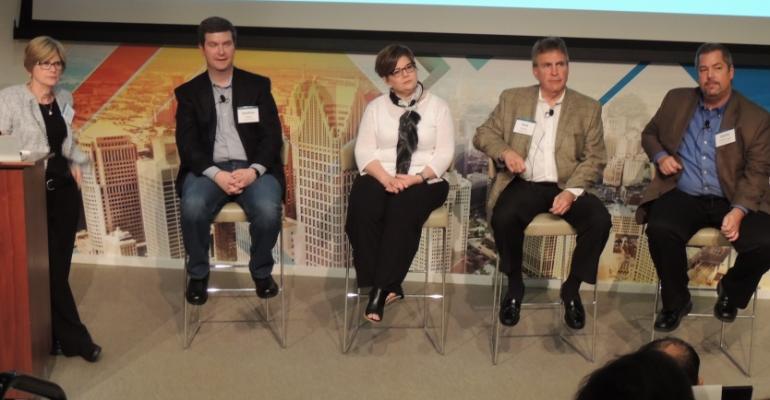DETROIT – Consumer access to affordable credit spurs auto sales, as the industry has seen in the last two years of record deliveries.
But the auto-loan growth rate is ebbing. It was about 5% year-over-year in 2016 as opposed to 10% in 2015.
“It hasn’t gone negative; it’s still in positive territory, but the pace is starting to slow,” says Charlie Chesbrough, senior economist and senior director-industry insights for Cox Automotive, owners of Autotrader, Kelley Blue Book, Dealertrack, Manheim Auctions and other industry entities.
The rate of auto financing is something to watch because “auto sales have been supported by increased lending,” Chesbrough says.
The auto industry, one of the most credit-intensive business sectors, has seen back-to-back record sales of about 17.4 million units in both 2015 and 2016. WardsAuto predicts sales of 17.1 million this year.
Current outstanding auto loans have reached $1.1 trillion.
Various concerns center on the state of auto financing, but fear of defaults isn’t necessarily one of them. Default rates are less than 1%.
Most consumers conscientiously pay back their car loans, more so than other monthly obligations such as credit-card and mortgage debts.
“Car loans get paid first,” Chesbrough says, citing a long-standing trend.
But there is concern that a potential series of rate increases by the Federal Reserve over time could drive up the cost of car loans.
“Borrowing conditions are vulnerable to higher interest rates,” Chesbrough says at a Cox media event here.
He shows some “back-of-the-envelope math” in which each percentage point increase in rates adds $13 to a monthly payment, totaling $800, based on a 5-year, 4% auto loan of $29,000.
“Multiple Fed rate increases may add $2,000 plus over the near-term,” he says.
Another industry apprehension centered on auto financing: a trend towards stretched out loan terms. Many consumers turn to longer-term loans to reduce monthly car payments as vehicle prices rise.
“Customers are extending their loans too long if they are doing 6-, 7- or 8-year loans on something that can’t sustain that,” says Rebecca Lindland, executive analyst for Kelley Blue Book.
Protracted loan terms can keep people out of the vehicle market for long stretches. Longer terms also can cause the lingering situation of consumers being “upside down” on their vehicle, meaning they owe more than the vehicle is worth. That situation can hinder a trade-in deal, and therefore kill a sale.
The downside of stretched loan terms is why many dealers prefer leasing. It gets consumers back to the dealership for another vehicle every two or three years rather than every seven or eight.
But “leasing is losing some of its financial appeal,” Lindland says, citing Dealertrack data. It indicates the average loan payment has declined 3% so far this year, but the average lease has increased 3%.
The average vehicle price currently is $34,500, according to NADA. The average car loan was $30,621 and average monthly new-car payment $506 in the fourth quarter of 2016, according to credit tracker Experian.





